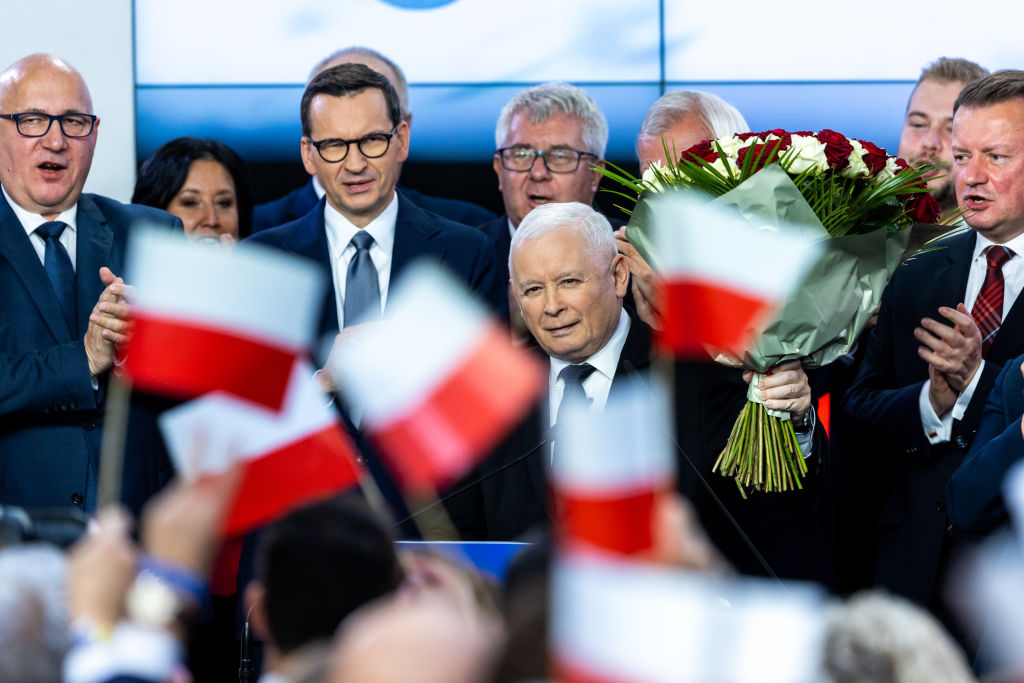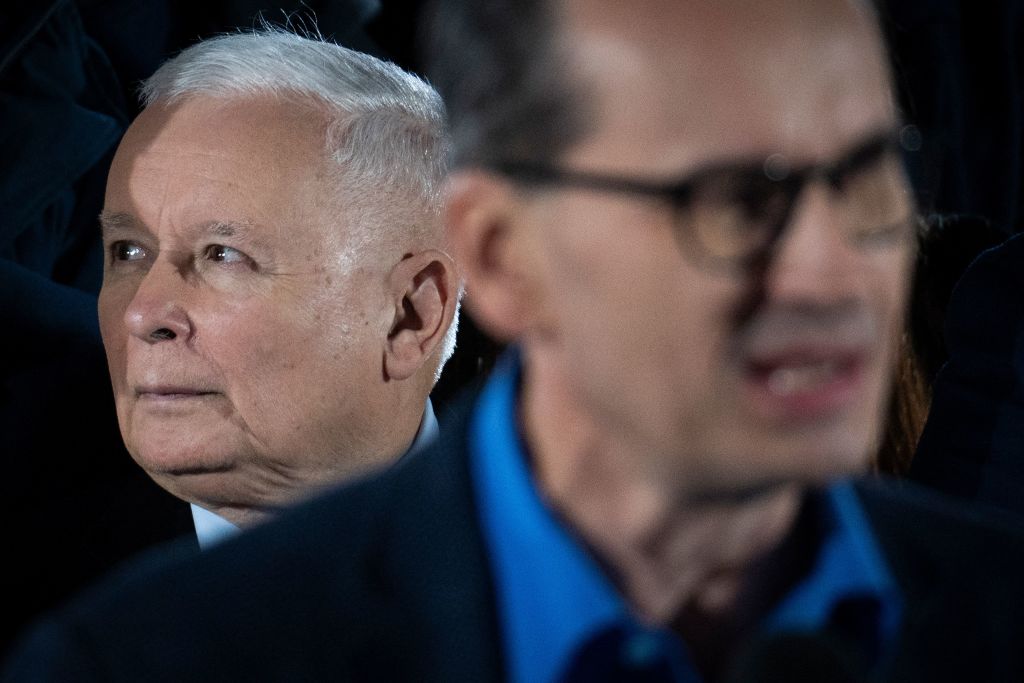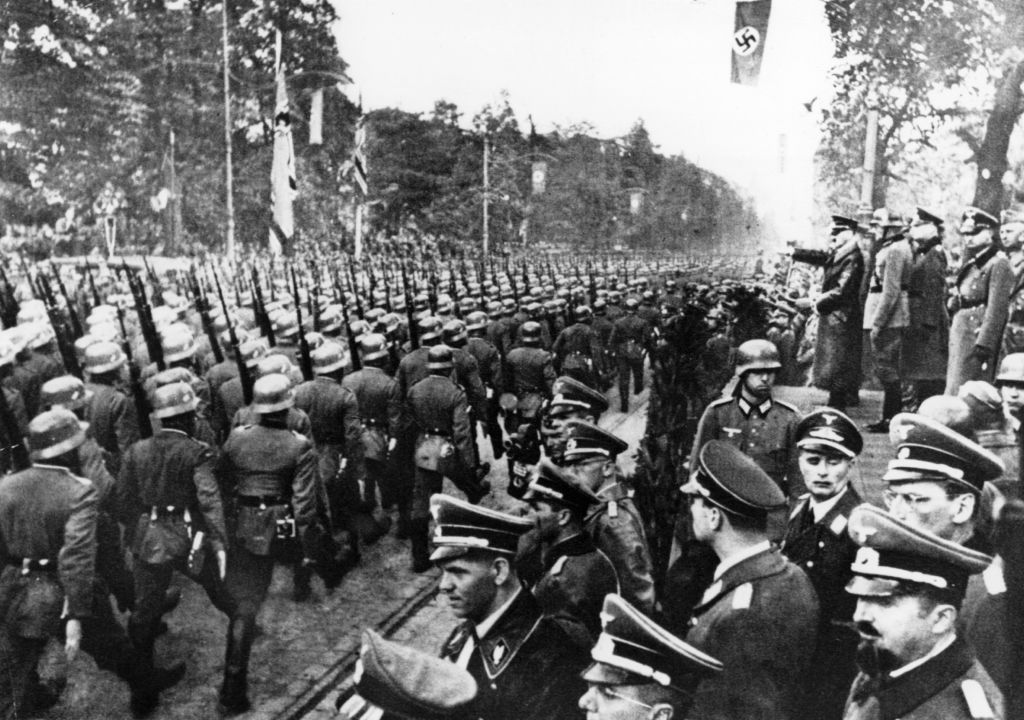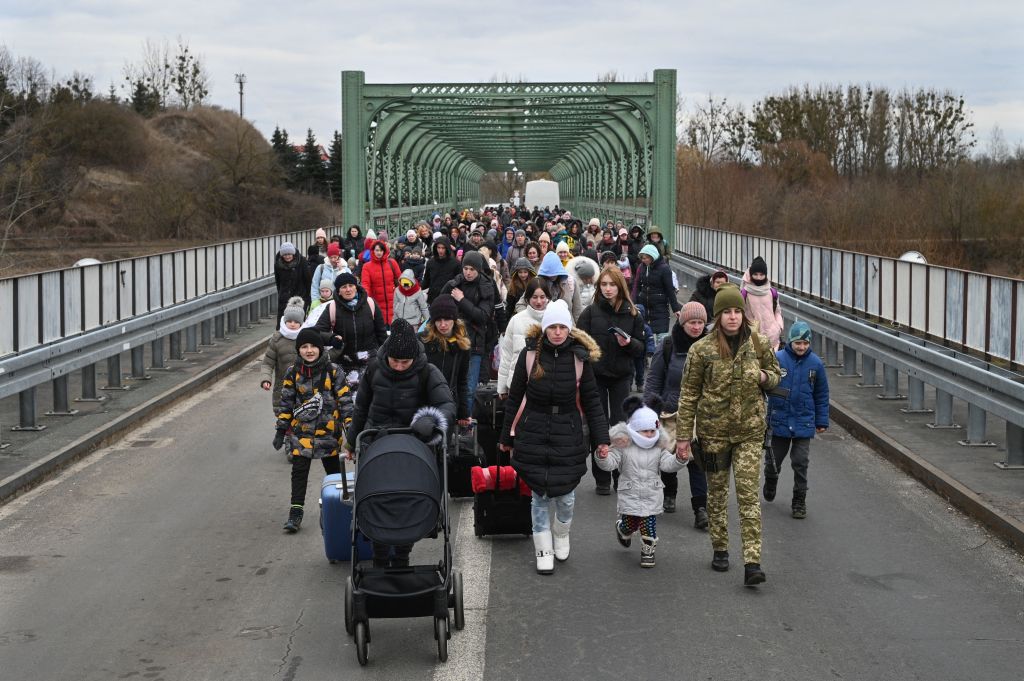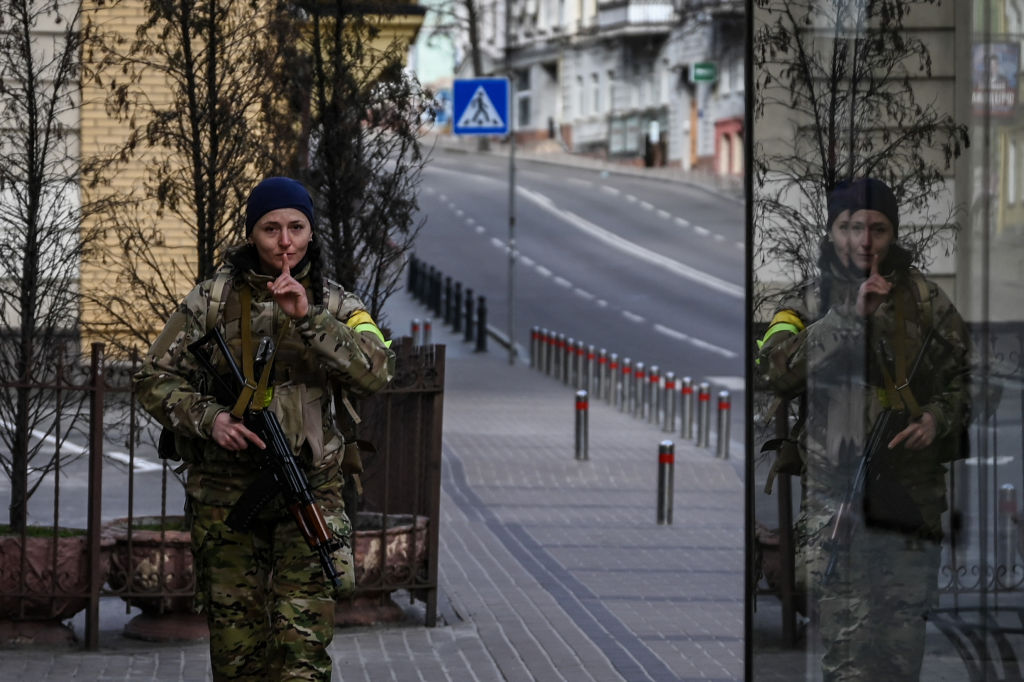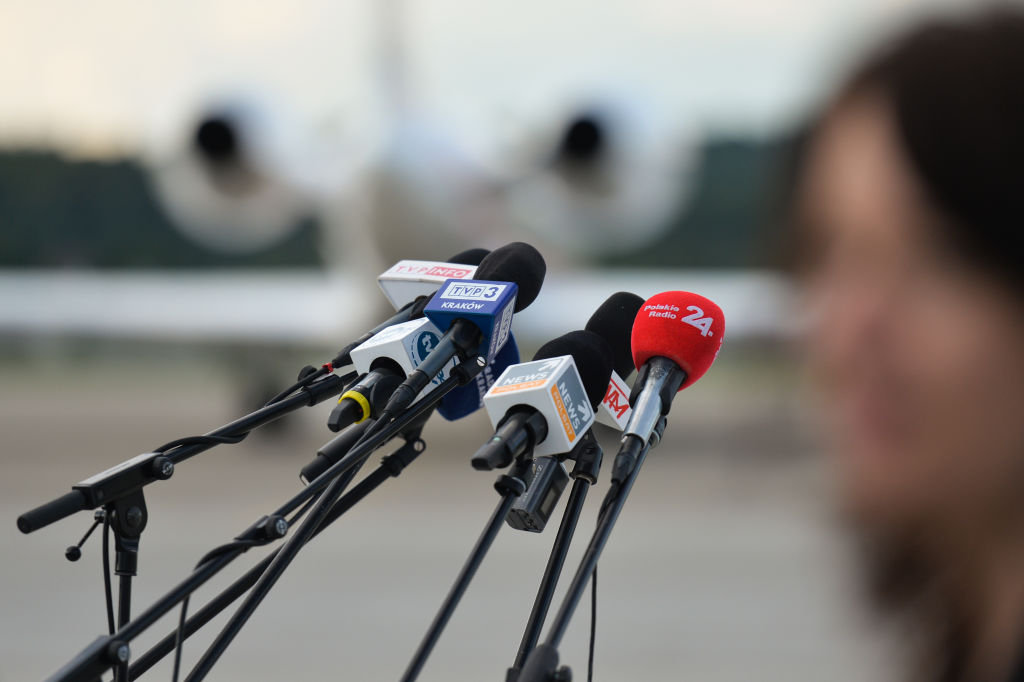Poland’s path to remarkable prosperity

Browsing social media, I recently came across a map showing all the countries with GDP per capita higher than Poland’s back in 1990 and in 2018. The difference was striking. While 35 years ago there were quite a few such countries, not only in Europe but also in South America, Asia and Africa, in time their number has significantly decreased. In 2018 there were no longer any South American or African states highlighted on the map.
As of 2025, the group has shrunk even further. According to data from the International Monetary Fund, Poland’s GDP in 1990 was a mere US$6690 in current dollars. By 2024 it grew almost eight-fold to US$51,630 in terms of purchasing power parity. All that in just three decades, or one generation. And it goes on. According to the European Commission’s forecast, in 2024–25, the Polish economy will be the fastest growing large economy in the European Union.
How did it happen? Apart from the hard work of our citizens, two major factors—or, to be more precise, two institutions—contributed to our economic success: NATO and the EU.
The first, which Poland joined in 1999, provided security guarantees and helped overcome decades-old division between Eastern and Western Europe. The second, which we joined five years later, took the process of easing long-standing disparities one step further. It granted new member states access to ‘cohesion funds’ and most importantly to the common European market.
After the fall of communism in Poland in 1989 and the return of messy democratic politics, despite day-to-day political squabbles one thing remained constant no matter who was in power—Poland’s determination to join the two aforementioned organisations. Why?
We are a great nation but a medium-size country. We cherish our long history—this year marks a millennium since the coronation of our first king—but our population is much smaller than that of Beijing and Shanghai combined. Poland needs allies to boost its potential on the international stage.
What’s been true for Poland—in 1990 a poor country coming out of four decades of Russian domination and economic mismanagement—might well be true for many of the middle powers in Asia, Africa and South America looking for room to grow.
These countries often need what Poland desperately needed 35 years ago and still profits from: good governance, foreign investments with no strings attached, and above all political stability, rule of law and a predictable international environment with neighbours eager not to wage wars but work together for mutual benefit. In fact, these factors can benefit every country, no matter their GDP.
Today the international order is being challenged on multiple fronts, sometimes for good reason. Decades-old institutions—including the UN and its Security Council—are unrepresentative of the global community and incapable of dealing with the challenges we face. What they need, however, is to be thoroughly reformed, not entirely rejected.
To those desperate for change, force might look appealing. It would be a mistake. Abandoning forums for international dialogue and resorting to violence will not get us far.
Take Russia’s unprovoked aggression against Ukraine. According to Kremlin propaganda, it is a justified reaction to western imperialism that allegedly threatens Russia’s security. In fact, it is a modern-day colonial war against the Ukrainian people who—just like us Poles 30 years ago—want a better life and realise they can never achieve this goal by going back to subjugation to Russia. That is what they are being punished for—an effort to free themselves from the control of a former metropolis. The Kremlin’s aggression is a desperate struggle of a failing empire to restore its sphere of influence.
A Russian victory—may it never come—would not create a more just global order. It wouldn’t benefit countries dissatisfied with where things stand now. It wouldn’t even bring about a more just and prosperous Russia. Suffice to say there are now more political prisoners in Russia than there were in the 1980s when the Soviet Union invaded Afghanistan. There are many more casualties as well.
War is hardly ever a shortcut to prosperity. Over the past millennium, Poland experienced its share of invasions and uprisings against occupying forces. What finally brought us prosperity were three decades of peace, predictability, international cooperation and political stability.
That is why on assuming the presidency of the Council of the European Union, Poland made its priority clear: security in its many dimensions, including military, economic and digital. A Europe that is safe, prosperous and open for business can benefit not only Europeans but a greater global community. Just as it benefitted Poland over the past three decades.
It may sound dull, but it worked. Just look at the numbers.


